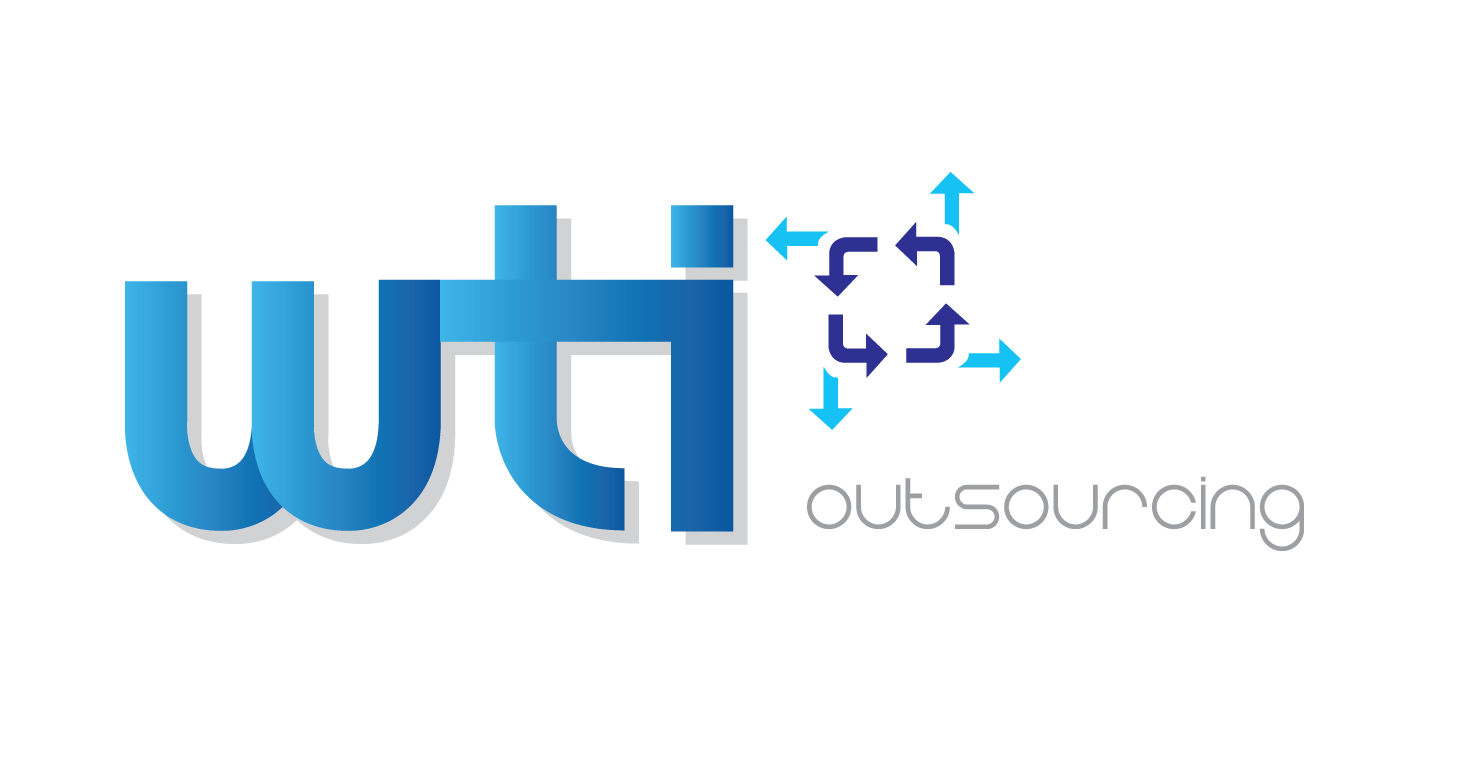Outsourcing Economics
Note: This article was published in the November, 2015 issue of the Small Business Journal, as part of a series on the dynamics of outsourcing. Click here to view the published version.
Outsourcing Economics
The main reason why companies outsource processes they can reasonably perform in-house is to save money. There are some direct apples to apples comparisons that can be made. There are also hidden costs that need some consideration. Let’s design a model that can be used for cost comparison.
The true cost of labor
A typical clerical person in the New York Metropolitan area earns between $14 and $16 per hour. What is his/her hourly cost? This is not a trick question. Here are a set of calculations.
Hours in a year: (52 weeks times 40 hours) 2,080
Gross Compensation at average rate of $15 per hour- $31,200
Payroll taxes and benefits (estimated at 20%)- $6,240
Total Annual Compensation before overhead,which we’ll discuss below $37,420.
In this example, we’re paying for 2,080 hours. How many hours are actually worked? Here are some additional calculations.
Gross paid hours- 2,080
Less vacation and sick time (assume 2 weeks), and holidays (assume 2 weeks)- 160
Actual hours worked- 1,920
Actual hourly compensation is $37,420 divided by 1,920, or approximately $19.50 per hour.
After accounting for vacation, sick time, taxes, and benefits, the fully absorbed cost of an offshore employee, with US and overseas supervision is between $7 and $9 per hour. Assuming an $8 average, the difference is about $11.50 per hour, or $22,000 per employee annually. Outsourcing costs also include overhead.
Overhead and its relevance
When calculating traditional unit costs of production, attention is paid to overhead costs. These costs include administrative, IT, HR, rent, office supplies, professional services, and other items that are not direct labor. Many of these costs are fixed, regardless of where the work is performed, and therefore should be excluded from any comparative calculations. On the other hand, certain cost items can figure in substantially. Hiring 25 additional people in an existing business requires space. A typical employee requires 100-300 square feet of space, including supporting areas such as restrooms, snack/dining areas, conference rooms, corridors, hallways, etc. If these workers were employed in Midtown, the effective hourly cost per employee would rise substantially, up to $10 an hour or more for rent, utilities, office supplies, computers, depreciation on furniture and renovations, etc.
If a business expects to expand, overhead costs, which come into play when structural issues are being considered, can be a major factor in the decision-making process.
In evaluating potential savings from an outsourcing initiative, a business should perform a comprehensive review of all current spending to get a clearer picture of the financial impact. Many outsourcing initiatives result in substantial reductions to the ancillary costs of doing business.
Other costs related to outsourcing
Some companies may not be structurally ready for the outsourcing process. The biggest structural cost related to an outsourcing project is becoming paperless. This mean documents must be scanned and stored online. Then they must be viewed on a computer side-by-side with work performed. Employees who work with offshore employees will generally be more productive using computer systems using 2 monitors. There will also be investments required for scanning equipment and the labor to do the scanning. On the other hand, going paperless cuts costs in many ways beyond the discussion of outsourcing. Businesses free up large amounts of expensive space by going paperless. They also increase productivity if they set up their online document “cabinets” intelligently, enabling employees faster access and more productive usage of electronic documents than the old paper ones.
Training remote employees takes more time than in those where management and the employees reside in the same space, since trainers can’t stand over the trainees. For most jobs, it takes more training for a remote employer than one who is sitting near your desk.
When planning an outside project, all of the above should be taken into consideration. All responsible outsourcing companies will work with you on these calculations to come up with a viable, responsible plan. As economic benefits are the primary drivers of outsourcing decisions, proper planning and accounting for the relevant costs should be carefully considered as part of the decision process
 WTI Outsourcing
WTI Outsourcing
Recent Comments